Did you know that solar energy accounts for more than 3% of US electricity generation today? So it goes without saying that solar power is now more budget-friendly, accessible, and widespread in the United States than it has ever been.
Humans have used the Sun’s energy since time began. They have used it directly, such as drying their clothes and foodstuffs, and indirectly, through plant photosynthesis, to grow food in agriculture. However, solar power has evolved over many years of hard work to become what it is today!
But you might be wondering, what if there isn’t enough sunlight? Do solar panels work on cloudy days? Great questions.
A strong understanding of how solar energy works requires an in-depth understanding of why and how solar panel parts function as well.
Get it? Got it. Good. Let’s dive in!
What Is Solar Energy?
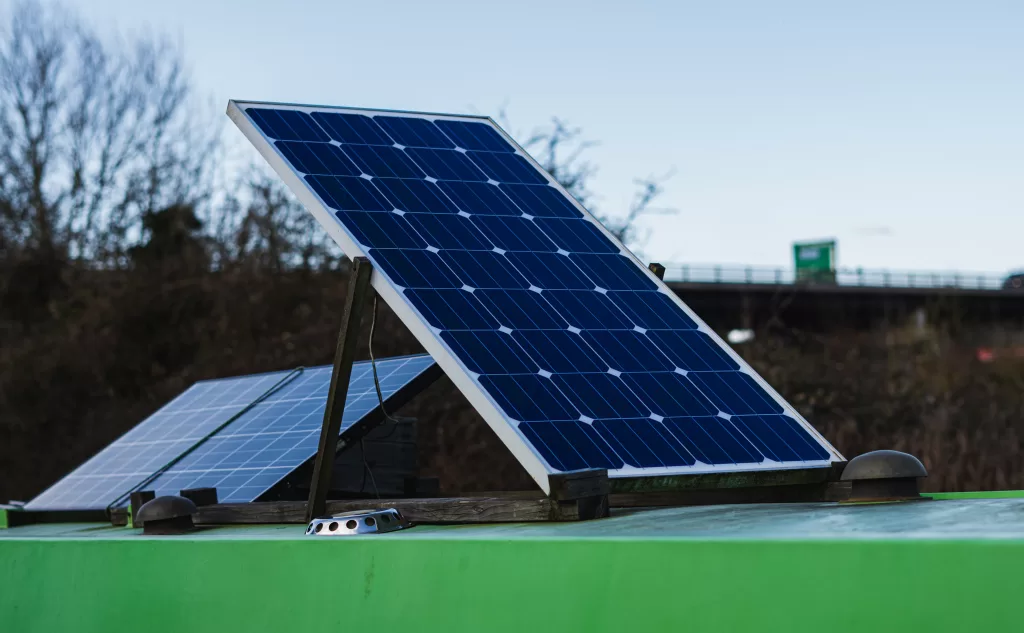
The Earth receives enormous amounts of energy from the Sun every year, amounting to 885 million terawatt-hours. That is a lot of sunshine!
Solar power is the conversion of solar energy into electrical and heat energy. Solar energy is the cleanest and most renewable energy source available in the world today! The United States is home to some of the world’s most abundant solar resources.
Solar energy is a very versatile source of energy. You can use solar energy to make electricity at or near the point of use. Alternatively, you can use it to generate and store a lot of electricity at a central station. The last one is what is called a solar power plant, which is very similar to conventional power plants.
Using solar energy technologies, we have the potential to collect this energy for a wide range of applications, including but not limited to:
- Providing light
- Providing a warm and comfortable environment
- Generating electricity
- Heating water
There are three main methods for harnessing solar energy. These include, but are not limited to:
- Photovoltaic process
- Solar concentrating power
- A hybrid process which is a combination of the above two
Using cutting-edge solar technologies to generate solar energy, all of the above can store the energy they make so that you can use it at a later stage.
Solar is part of a complicated and interconnected electricity system in the U.S. It works with other technologies like wind power to move the U.S. to a clean energy future.
Photovoltaics Process
The word photovoltaic comes from a photo, meaning light, and voltaic, meaning electricity made by a chemical reaction in solar cells. This chemical reaction in solar cells allows us to convert sunlight into electricity.
Since the first photovoltaic cell was demonstrated in 1954, researchers have been continuously improving the technology that allows us to harness the Sun’s dependable, accessible, and green energy.
How Does a Photovoltaic Panel Work?
A solar panel works with cells, and operates as follows: inside a solar cell, two wafer-thin sheets of silicon crystal are stacked on top of one another to form a sort of silicon sandwich.
The top layer’s particles have been specially treated so that they are unstable. This is because they have one too many electrons that they would like to get let go of.
The layer at the bottom is also treated, but the atoms this time have a few empty areas that could use an electron to fill. So to summarize, the top layer wants to lose a few electrons, and the bottom layer wants to gain a few electrons. This need makes the electrons themselves want to move from the top layer to the bottom.
This configuration ensures that everything is in place for the production of electricity. However, the electrons within the silicon crystal cannot move freely until the solar panel itself is exposed to sunlight.
As sunlight hits the top layer, it ‘excites’ and gives energy to the electrons, giving them the power to flow from the top to the bottom. This movement creates a current. Attaching two metal connections on each side of the silicon sandwich creates a circuit with electricity flowing through it.
Before the electricity can be turned on, one more piece is missing. PV solar cells produce direct current electricity. However, the electricity in your home is alternating current.
This means that before it can be used to power appliances in your home, the current generated by your solar panel system must pass through an inverter. This inverter converts the current from direct current to alternating current.
Concentrated Solar Power
Concentrated solar power, or CSP for short, also known as “concentrated solar thermal,” concentrates sunlight using mirrors or lenses and tracking systems. It then uses the rising heat to produce electricity via conventional steam-driven turbines.
There are numerous concentrating technologies, the most well-known of which are:
- The compact linear Fresnel reflector
- The parabolic trough
- The Dish Stirling
- The solar power tower
To follow the sun and focus light, various techniques are used. In all these systems, concentrated sunlight heats a working fluid, which is then used for energy production or storage. Energy storage allows for up to 24-hour energy production.
The Compact Linear Fresnel Reflector System
Compact Linear Fresnel Reflectors are CSP plants that concentrate sunlight onto two tubes filled with working fluid by using many narrow mirror strips instead of parabolic mirrors. This has the advantage of allowing the use of flat mirrors, which are much more cost-effective than curved mirrors and allowing more reflectors to be positioned in the same amount of room.
This enables more of the energy from the sun to be used. Concentrating linear fresnel reflectors can be used in both large and smaller plants.
Parabolic Trough Solar System
A parabolic trough consists of sequential curved mirrors that direct light to a receiver located along the reflector’s focal line. The receiver is a tube filled with a liquid that is placed along with the key points of the sequential parabolic mirror.
During the day, the reflector is designed to track the sun along a fixed axis. As a result, parabolic trough systems provide the best land-usage element of any of the solar technologies. The booming solar farms demonstrate this technology in Acciona’s Nevada Solar One near Boulder City and California.
The Dish Stirling System
The Stirling solar dish is made up of a parabolic concentrating dish and a Stirling engine, which usually powers an electric generator. Stirling solar cells have a higher performance in converting light into electricity and a longer lifetime than photovoltaic cells. Among CSP technologies, parabolic dish systems provide the highest efficiency. This is shown in Australia by the 50 kW Big Dish in Canberra.
Solar Power Tower System
A solar power tower concentrates sunlight on a central receiver above a tower using a range of tracking mirrors or heliostats.
Power towers have a higher heat transfer conversion and are more efficient than sequential tracking CSP schemes. They also have a higher energy storage capacity than dish stirling systems. The PS10 and PS20 solar power plants are examples of these systems.
Can Solar Panels Produce Enough Energy Even on Cloudy Days?
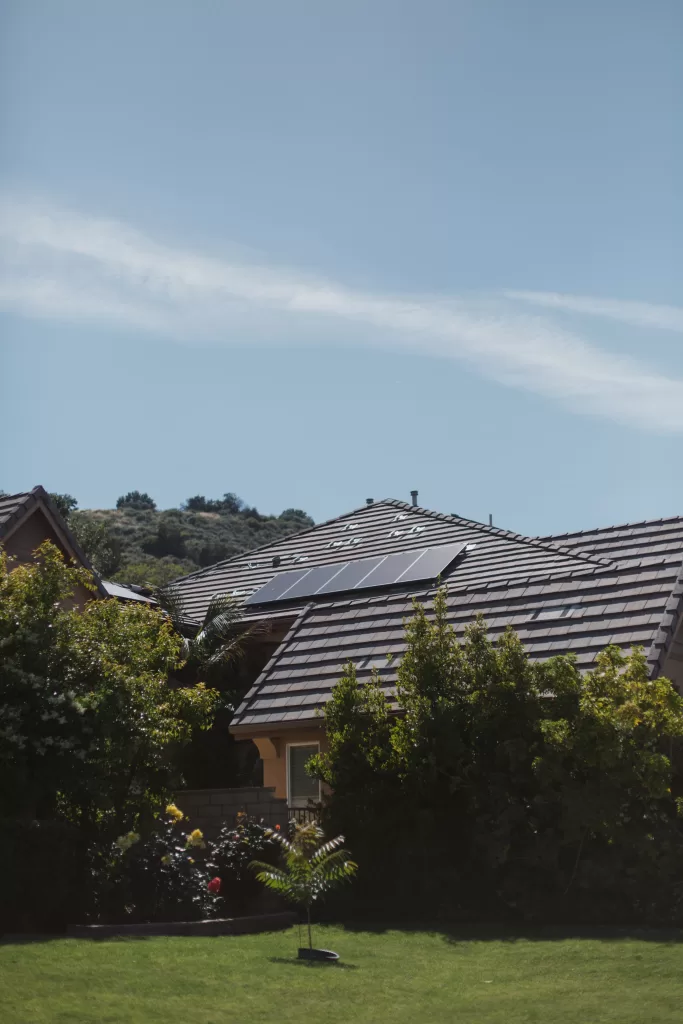
In order for the panels to operate as efficiently as possible, they require clear, bright weather with plenty of unblocked sunlight. So, do solar panels function properly on cloudy days as well?
The photovoltaic cells will operate at their maximum capacity because the sunlight will fall directly on the panel surfaces. While this is true, it does not imply that the current will simply cease to flow when the sky becomes overcast. So, despite the fact that clouds reduce power output, your solar panels will continue to generate electricity for you.
What Solar Panels Perform Best In Cloudy Weather?
On a cloudy day, high-efficiency panels produce more energy than traditional panels. This makes them an excellent choice for cloudy weather or if trees partly shade your roof at certain times of the day.
But don’t overlook the cells themselves. Some solar cells collect a wider variety of UV light; for instance, red and blue wavelengths. This results in higher power production in varying weather conditions.
Some cells have a “rear end mirror” built into them. Light rays that are not absorbed on their first passage through a cell are reflected back into the cell by this thin layer of aluminium.
Therefore, this results in a second opportunity for sunrays to absorb power. As a result, more electrons are produced from the same amount of light when this takes place.
Do Solar Panels Work On Cloudy Days and Does It Affect Solar Power Production?
Solar panels generate clean energy from an unlimited supply of sunlight. If you live in Africa, that’s great news, but is there enough sunlight in cloudy weather environments to make investing in a solar-powered energy system worthwhile? Thankfully, the answer is yes.
The great news is that solar panels can function even in unpredictable weather because they do not require direct sunlight. So even though they produce more power on sunny days, they will still generate some energy on cloudy days, as you might expect.
It’s a fact that the more the panels are subjected to sunlight, the more power they will produce. Remember that photovoltaic solar panels generate electricity from light, not heat.
Anyone who has ever been sunburnt on a cloudy day knows that sunlight can pass through clouds and reach the skin. For this reason, solar panels can continue to generate electricity even on cloudy days.
On the other hand, solar panel efficiency can drop to somewhere around 10 to 25 percent of the total energy output on a sunny day. This, of course, depends on the amount of cloud cover and the performance of the panels.
How Effective Is Solar Power on Cloudy Days?
The question isn’t whether solar cells work on a cloudy day but how well they work. Solar panels can produce up to one-third of their peak capacity even on cloudy days. Naturally, this will differ based on cloud density cover on that particular day as well as the type of panel.
Some are purpose-built to soak up the wavelengths that enter the clouds. As a result, they are more prevalent in cloudy areas. The best option is to inquire with your solar company about the best type of panel for your site.
Some people prefer the new “thin-film” panels because they operate well in overcast weather. They are less expensive and more appealing than the classic crystalline panels. They are, however, not nearly as effective in bright sunny conditions. Before making a decision, it’s necessary to consider all of one’s options.
When It Rains, What Happens to Solar Panels?
In addition to the question of whether solar panels work on cloudy days, what about rainy days? Much of what has been said about overcast conditions also applies to rainy days.
The one significant distinction is that rain can be very beneficial to your energy output! The rain rinses and cleans your panels of debris, dust, leaves, and pollen. When the sun shines again, this dramatically improves efficiency. Clean panels generate the most electricity!
Could Inclement Weather Harm Solar Panels?
Solar panels are designed to be highly durable. They can withstand almost anything the weather has to bring to them. As a result, wind, rain, and even hail are extremely unlikely to cause significant harm.
However, exceptionally large hailstones can cause damage, but they are uncommon and will also damage your house roof.
What About Snow? Will It Affect Solar Panels?
The worst snowstorms in the United States rarely last more than three months. If snow settles and accumulates on your panels, it will impede power production. As a result, systems are mounted at an angle, allowing snow to slide off naturally.
When the sun comes out, any remaining settled snow will melt and run off the roof on its own, leaving no trace behind.
In extreme cases, you may need to brush the snow away. There are professional companies that can regularly check your equipment and installation site. Panels are also built to withstand the weight and are made strong enough to withstand heavy snowfalls.
Does Cold Wintery Weather Affect Solar Panels’ Function?
We have covered the question of whether solar panels work on a cloudy day. However, we haven’t thought about how temperature factors affect them.
Surprisingly, cold weather promotes efficiency so that they will yield well throughout the clear winter days. Remember that light, not heat, generates electricity in photovoltaic cells. The main issue in the winter is that there are fewer daylight hours, which means that the amount of energy created in a day is less than in the summer.
Does Heat or Cold Have an Effect on Solar Panels?
Solar energy does not require hot weather in order to generate electricity. Solar panels perform best in areas that are both sunny and cold. When panels reach temperatures of approximately 77 ℉, they become less efficient.
That isn’t to say they won’t work in historically hot places like Phoenix. Phoenix is ranked sixth on the list with the most significant solar savings. But, again, electricity costs, not weather, are more critical in how solar panels save homeowners money.
Will Solar Panels Work In Shady Areas?
While part-shade, either from natural or other sources, can reduce the amount of solar power your system generates, solar systems are designed to prevent shading from stopping entire energy generation. How much depends on the type of solar technology used, particularly microinverters.
When using central inverters, all of the wires going to the inverter typically attach the panels together. For example, Christmas tree lights. However, just like the Christmas tree lights, that setup can go wrong due to one small little problem.
Let’s look at an example. Assume a roof has 24 solar panels.
If only one of those panels receives shade for a couple of hours per day, the whole sequence of solar panels will underachieve for those two hours. Despite the fact that the other panels are generating maximum power, the issues with the one-shaded panel will prevent most of their energy from trying to pass through the central inverter.
In a high-quality solar system, microinverters are installed beneath each panel. Because each panel is self-contained, only that panel is affected if shade falls on one for a few hours. As a result, significantly more power enters the home. If, for example, 25% of the solar panels are partially shaded, only 25% of the solar system’s power generation is temporarily lowered and no more.
Again, qualified installers understand how to design your system to avoid shading issues. That is why working with a certified solar panel installer is critical.
Solar Panels and Cloudy Weather Key Facts
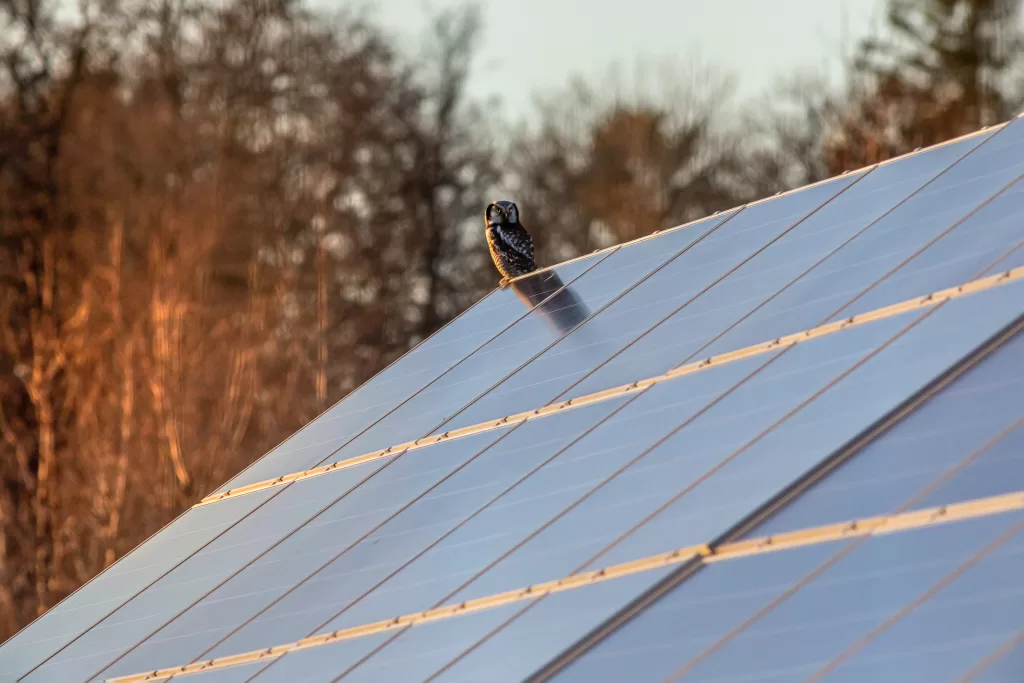
Now, let’s take a look at some important points to remember.
Solar energy can be effective in cloudy, cold environments. All the below cities can at some time experience bad weather, from fog, rain, and blizzards:
- San Francisco
- New York
- Boston
- Milwaukee
- Seattle
However, all of these cities come tops on the list of U.S. cities that experience the highest levels of savings through solar installations. The most crucial factor influencing whether solar systems save people money on their electricity account is the cost of electricity, not the quantity of cloudy or cold days. The high cost of electricity in San Francisco, and New York, for example, makes solar installation worthwhile for homes and businesses.
Solar systems do not need hot sunny weather; however, solar panels work best in sunny, cold climates. Panels typically work less efficiently when the temperature rises above 77°F. But, again, electricity costs, not weather, determine how much solar photovoltaics can save homeowners.
Whether natural or artificial, partial shading can reduce the quantity of solar power your system generates. However, solar systems are designed to prevent this from happening. A large tree branch shading 20% of the solar system reduces the system’s energy output by 20%, but no more.
Your solar panel system will function appropriately on cloudy days and operate even better when the weather is not too hot. The efficiency of your solar panels under various weather conditions will be determined by the brand of solar panels you choose.
Make sure that your solar provider employs qualified personnel and uses top-notch equipment. Aside from the specific weather and geographic considerations each jurisdiction has, each has its own set of rules, guidelines, and incentives.
Locally based businesses with knowledge of your area’s weather patterns as well as installation laws and regulations will be the most knowledgeable sources of information on how solar energy will work for your home.
Brightening Your Day With Solar Energy!
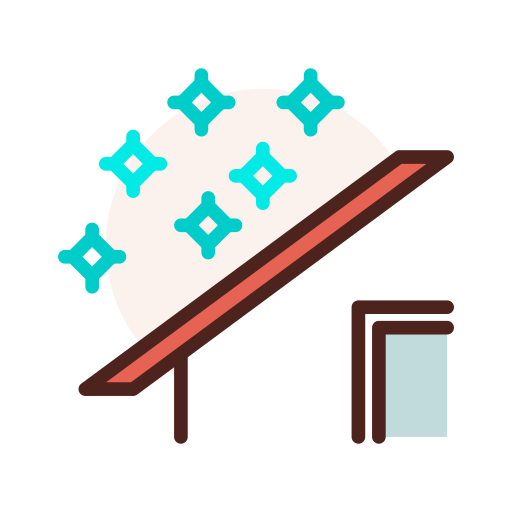
Compare Quotes from Top-rated Solar Contractors in your area.
During the last decade, solar power has taken the world by storm, and it does not appear that its popularity will be dwindling any time soon.
Cloudy weather, a cloudy day, or a rainy season should not deter anyone from seriously contemplating changing to solar power for both energy savings and environmental sustainability. Solar energy has the potential to save money and the environment.
If you are still debating whether or not solar panels are a worthwhile option for your home, Submit your details here, and our experts will assist you.
Ready for the energy shift? Great decision! Alpha Living will assist you in making your home environmentally friendly and completely self-sufficient. Tap here to get started!




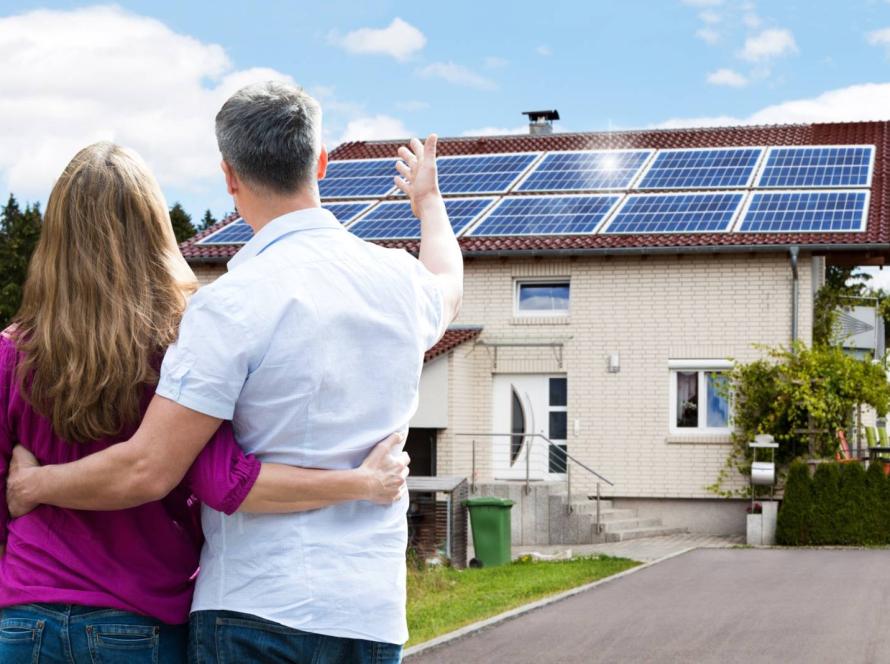
Facebook
Comments